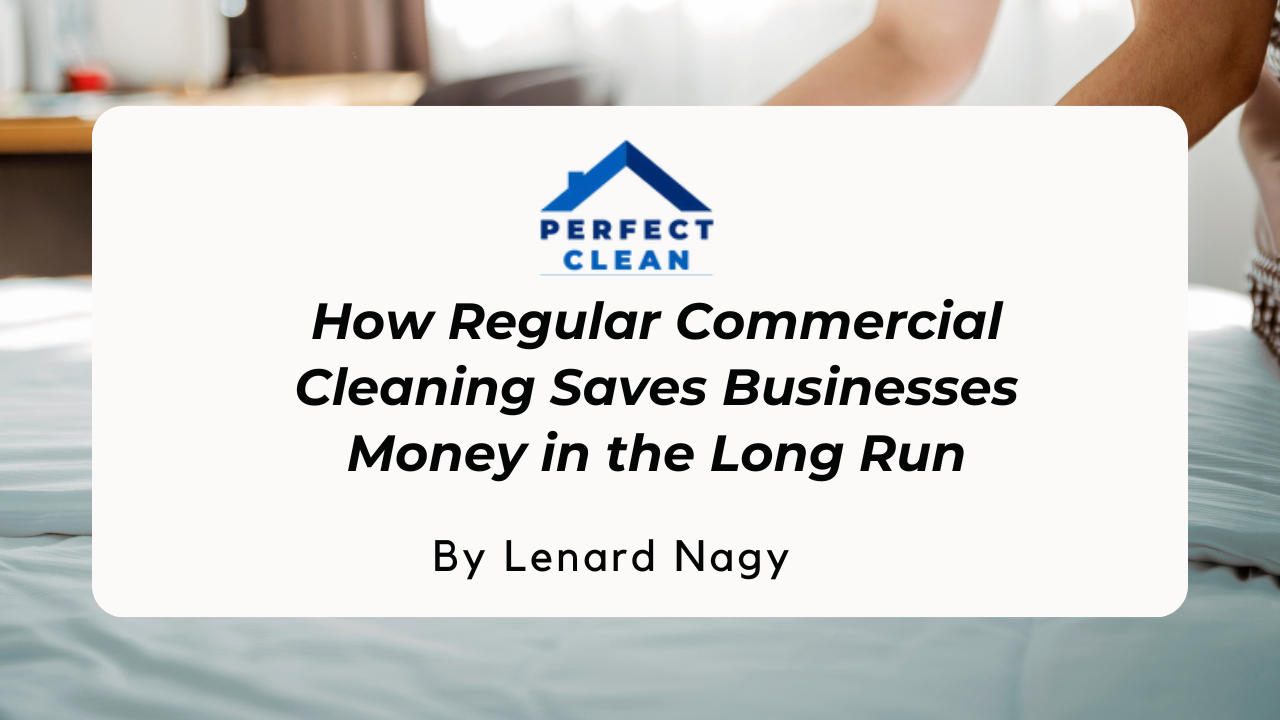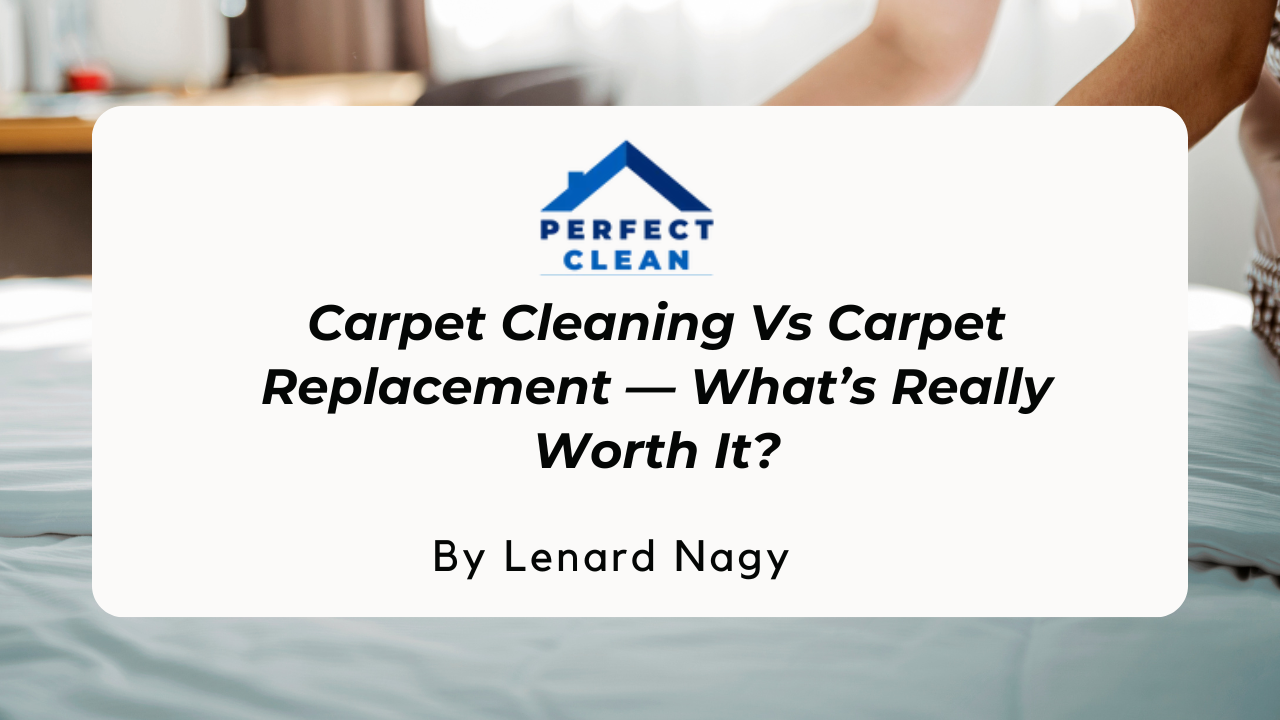After completing a renovation project, you're likely excited to enjoy your new space. However, the final step in the process is one of the most important: post-renovation cleanup.
Whether you handled the renovation yourself or worked with contractors, cleaning up construction dust and debris is essential for a safe and healthy living environment. Even if the contractors have done some tidying, a more thorough cleaning is necessary to remove dust and ensure the air in your home is safe to breathe.
In this guide, we’ll explain why post-renovation cleanup should be a priority, discuss the health risks of construction dust, and provide tips for tackling the mess. We’ll also cover the dust-removal tools that can make the process easier and faster, helping you get back to enjoying your newly renovated home.
Essential Tools for Post-Renovation Cleanup
The tools you'll need will depend on the size of your renovation. For smaller projects, basic household supplies may suffice, but for larger projects, renting equipment like a wet-dry vacuum may be necessary. Here's a list of essential tools:
- Broom or long-handled duster: For reaching elevated surfaces like ceilings and light fixtures.
- Wet-dry vacuum: Efficiently removes large debris and fine dust.
- Microfiber cloths: Trap dust on surfaces without spreading it.
- Plastic sheeting: Cover furniture and seal off rooms to prevent dust from spreading.
Steps for Cleaning Construction Dust Safely
Once you're equipped with the right tools and PPE, it's time to start the cleanup. It’s important to take your time and follow a systematic approach to ensure that all dust is effectively removed.
- Seal off unaffected areas: Start by closing off any rooms that weren’t involved in the renovation to prevent dust from spreading. Use plastic sheeting or tarps to cover doorways and furniture in nearby rooms.
- Dust elevated surfaces first: Begin dusting from the top of the room and work your way down. Use a broom or long-handled duster to clean ceilings, light fixtures, windowsills, and door frames. Follow this with a microfiber cloth to capture dust on more accessible surfaces.
- Vacuum thoroughly: Use a wet-dry vacuum to clean up dust and debris from the floors and lower surfaces. This tool is especially useful for removing fine particles that a regular vacuum may miss. Be thorough – it may take several passes to fully remove all dust.
- Wait for dust to settle: After dusting surfaces, give the dust some time to settle before cleaning lower areas. This will save you the trouble of having to vacuum and dust twice.
One-Week Follow-Up Clean
Construction dust can be there for days or even weeks. After your initial cleanup, more dust may settle within a week. A follow-up cleaning helps ensure your home stays dust-free.
For the second cleanup:
- Dust again: Focus on any areas that may have been missed, such as bookshelves or inside cabinets.
- Mop the floors: Use an appropriate cleaning solution for your flooring to remove any remaining dust.
- Wear protective gear: While the risk is lower, consider wearing an N95 mask and goggles during this second round.
Tips for a Safe Home Renovation Cleaning
Cleaning up after a renovation can be challenging, especially after larger projects. If anyone in your household has respiratory sensitivities, it may be worth hiring professionals. However, if you decide to handle it yourself, take proper precautions to protect your health.
Always wear personal protective equipment (PPE) to protect your eyes, lungs, and skin, including:
- Goggles: To keep dust particles out of your eyes.
- N95 mask: To protect your lungs from inhaling fine dust particles.
- Work gloves: To protect your hands from debris or chemicals.
Why Post-Renovation Cleanup is Essential?
Renovation projects often generate a significant amount of dust and debris, especially if they involve sanding, sawing, or drilling. Even after the tools are put away, construction dust can be on surfaces and in the air, posing a risk to both your health and your home.
Cleaning up post-renovation isn’t just about appearances—it’s about safety. Dust particles from materials like drywall, wood, or tile can easily become airborne and be inhaled, leading to respiratory issues and allergies. Proper cleaning after a renovation is key to preventing long-term exposure to these irritants.
What Are the Health Risks of Construction Dust?
If your renovation project involves sanding, sawing, or cutting, the resulting dust may contain harmful particles. Prolonged exposure to these particles can lead to respiratory issues, especially for those with pre-existing conditions like asthma or allergies.
Fine particles in construction dust can irritate the lungs, causing coughing, sneezing, and breathing difficulties. Some materials, like silica or asbestos, pose even greater health risks when inhaled. This is why wearing protective gear and taking proper precautions during cleanup is essential.
What to Expect from Professional Contractors?
If you’ve hired professional contractors, clarify the level of cleanup they’ll provide. Many contractors focus on removing large debris but may not address fine dust particles.
Ask about their cleaning practices before the project begins. Some may offer an additional cleaning service, or you might consider hiring a professional cleaning company for a more thorough job.
Conclusion
Post-renovation cleanup is essential for maintaining a safe and healthy home environment. Construction dust can pose serious health risks, especially when left unchecked. With the right tools and protective gear, you can effectively tackle the mess and remove harmful particles.
However, if the process feels overwhelming, consider hiring professionals to ensure a thorough job. Perfect Clean specialises in safe, efficient post-renovation cleanup, making your home dust-free and ready to enjoy.
Need assistance with post-renovation cleaning? Contact Perfect Clean today for expert help in safely removing construction dust.














